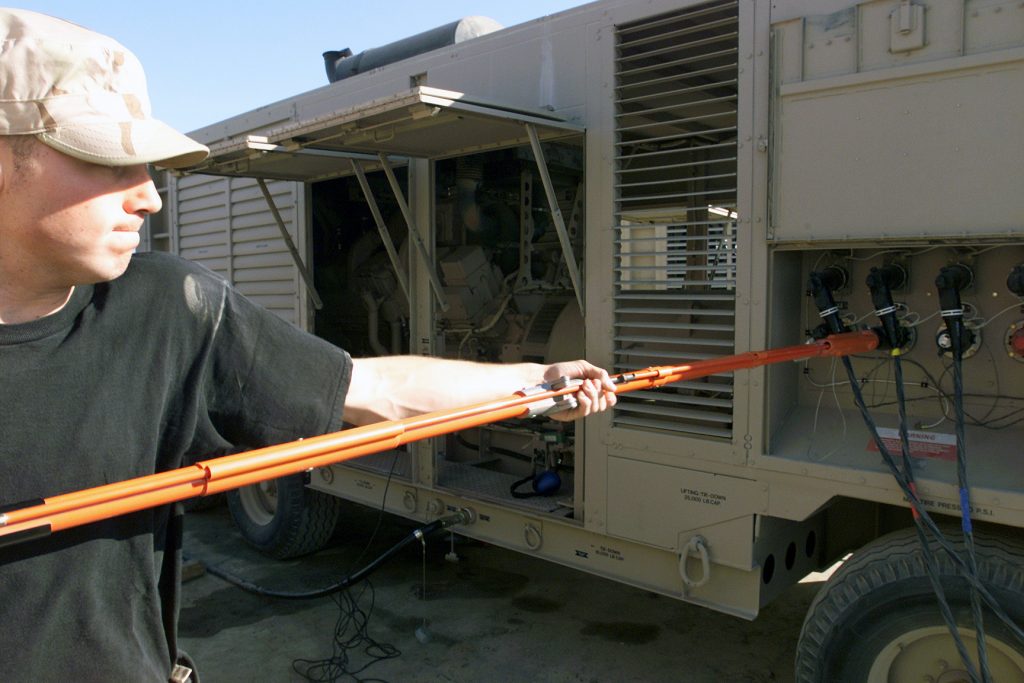Generators are designed to provide reliable power to your business during situations when power from the grid is lost or temporarily unavailable. In the event of power outages, you want assurance that business can continue, which means you need a standby generator you can rely on. It can be a disaster when you are faced with an emergency situation and find yourself with a faulty or unreliable generator and no power.
Load bank testing is, therefore, a critical function and necessary part of generator maintenance. Ideally, this testing should be done annually as a preventative measure to keep your generator functioning efficiently. You will want to make sure you schedule load bank testing because it tests the running of your generator at the highest possible load, making sure it can handle any situation. In the event of a power outage, you want your generator to be dependable and fully functional to keep you in business.
What is Generator Load Bank Testing?
This testing is an inspection and assessment of your generator, checking all the components to make sure all are in proper working order. The test equipment creates an artificial load that imitates the original load, bringing the operating temperature and pressure level to an appropriate level. If a generator is not used to running at a specific load frequently enough, it may not be up to the task during an emergency situation. If your generator does not get exposure to 30% of its rated load or higher on a regular basis, then you will want to test it with a load bank.
The load bank test makes sure that your generator runs efficiently at the necessary load during an outage. The key to the test is testing at full kilowatt output. The reason for this is because most generators do not run at full output, so testing at this level will determine if it can perform under any situation. You want assurance that your generator will deliver the highest power level when needed as well as maintain an adequate temperature and pressure to run as long as possible.

How Does a Load Bank Test Work?
The artificial load is placed on a generator and timed. The load is gradually increased and at each increment, the test measures and records the generators ability to handle the power level and its ability to function as normal for a length of time. The load bank used for the test is a machine with various rated kilowatt sizes and cables similar to those used on batteries. The test is critical to determine the performance of important engine parameters.
Wet-Stacking
When generators are not used very often, or only used with light loads, they can get soot and unburned fuel buildup in the exhaust. This phenomenon, known as wet-stacking, causes poor performance and the generator can become a fire hazard and is more prone to damage and failure. The cost and inconvenience to fix the generator at this point will be much more than performing a simple load bank test each year. Because the load bank test has the generator running at full power and temperature, the wet-stacking can burn off, which helps prolong the life of your equipment.
Benefits of Load Bank Testing
The two main purposes of the test are to determine efficient performance levels and remove any harmful wet-stacking. There are also additional benefits to running load bank tests at least once a year.
- Verification of the generator abilities outside of the occasional startup
- Problems can be identified early rather than during an emergency situation
- Cleans out carbon deposits for more efficient running
- Confirms the cooling systems work when under load
- Give peace of mind that your generator will work properly when needed
What is Included in Load Bank Testing?
Most manufacturers typically will provide a resistive load bank test for every generator they sell. A load bank test is performed with increasing intervals up to a full load, and a Load Bank Report is provided with all test results. Each consumer will get a copy of the comprehensive report so they can determine if further maintenance or service is needed. It is advised to work with the manufacturer regarding required maintenance on your generator to keep it in peak running condition.
